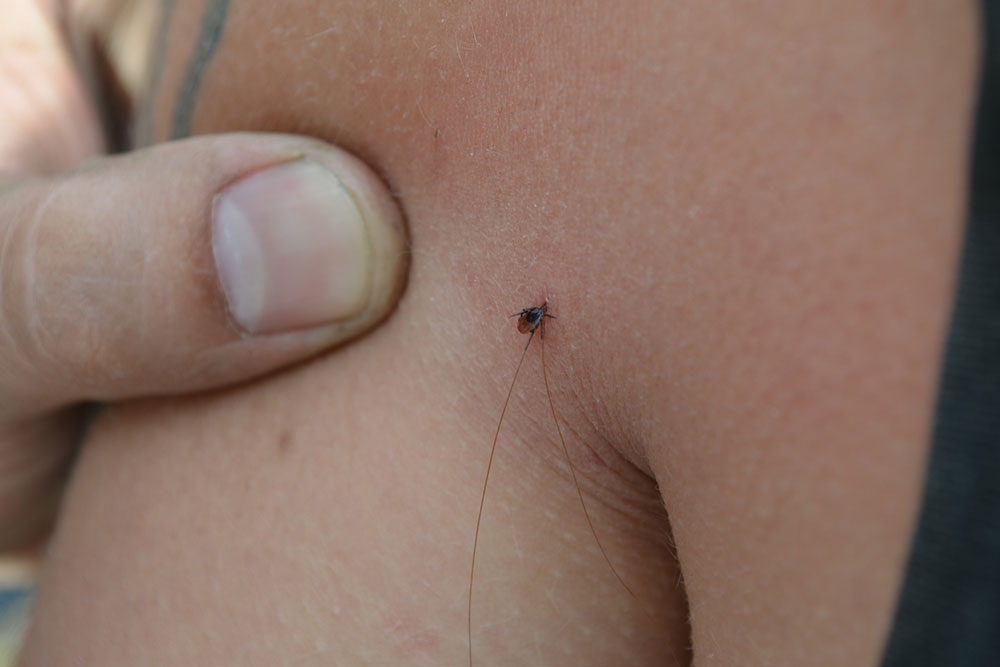Ways to Identify Different Spider Bites
Spider bites are never considered as harmful and life-threatening but that is not true. It can be really painful and very dangerous in some cases and it is necessary that you identify the spider bite on time. There is a large number of species of spiders across the world and about thousands of species in the country itself among which a few of them can actually take your life.
The truth is that all spiders are poisonous but most of them eject only a small amount of venom capable enough to only kill small insects but is not that dangerous to larger preys like humans.

What are the common symptoms?
A person should stay well aware of how a spider bite looks and what the common symptoms are. Ignoring these small bites can make a person regret all his life thus, it is always recommended to consult a doctor in any of the following symptoms.
- Itching or rashes
- Pain around the wound
- Frequent cramps
- Sweating
- Difficulty in breathing
- Nausea and Vomiting
- Fever
- High blood pressure
Which species are actually life threatening and how to do spider bite identification?
The two most common species of dangerous spiders found in our area are widow and recluse spiders. The first in the list is:
Black Widows : The shiny black color of the spider and a red hourglass shape on its big round black abdomen make it very easy to recognize. The size of this spider is about half an inch long. They are most likely to be present in the quiet, out of the way places such as closets, garages, and woodpiles.
The first signs of the bites of the black widow are just like a normal insect bite. There may be a small red mark with some swelling but after an hour, the real trouble starts. The pain will increase gradually and after some hours it may spread to the whole back, belly, and chest. A person will sweat more than usual and in serious cases, a person can feel difficulty in breathing followed by a fast heart rate and vomiting. The wound will become more red and swollen.
Brown Recluse : Another one of the most dangerous spiders is the brown recluse. It can be identified by its eyes. Most spiders have eight eyes but in this species, look for six eyes: two in front and two at the back and two on each side. They are likely to be found in the deep indoors such as basement and attic. Another thing about this species is that it only bites in self-defense.
A person might feel a little sting at the time of the bite but it will hurt more in the upcoming eight hours. A white blister with a round ring around it can be seen later. Other symptoms can be fever, rash, and stomach issues.
Apart from these two species, other species that can be little harmful are:
Hobo Spider : Earlier, these spiders were also considered as dangerous but not now. Hobo spiders run faster and only bites when provoked. The bitten area can feel numb for an hour after the bite. After 24 hours, the wound can eject fluids.
Tarantula : Their big, hairy look is much dangerous than their bite. They are mostly found in dry climates. They are not so harmful as their bite looks like a bee sting. Spider bite identification of this species is the easiest one.
The first step you need to do in spider bite is to clean the area and apply an antibiotic. Put an ice or wet cloth on the bite. You can take ibuprofen or any painkiller. Get a checkup from a doctor in case you have more than skin itching symptoms. You will surely need a treatment in case of bites from black widow or brown recluse. Make sure you don’t scratch the bite and don’t indulge in any physical activity.

